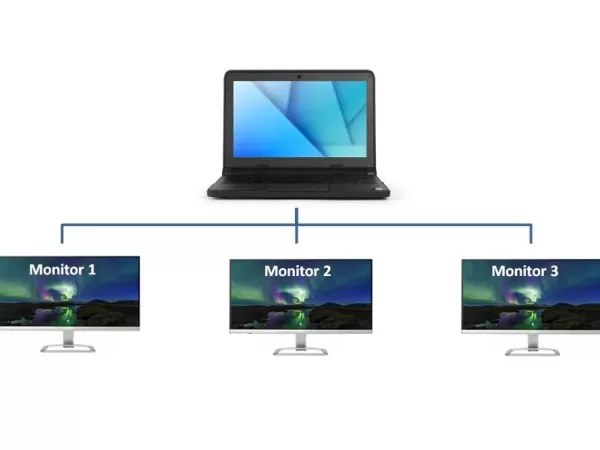Everything You Need to Know About DP Alt Mode: Unlocking Video Output via USB‑C

1. What Is DP Alt Mode?
DP Alt Mode (DisplayPort Alternate Mode) is an optional feature of USB‑C (including Thunderbolt 3/4) that allows video and audio signals to be transmitted through the USB‑C port—along with data and power. This means you can connect your device directly to monitors, TVs, or projectors using a USB‑C cable and get high-quality video output without needing a separate DisplayPort connector.
2. Compatibility Matters: Cable + Device
A. US‑C Cables That Support DP Alt Mode
Notall USB‑C cables are created equal—some don’t support video transmission. To ensure compatibility:
Look for “DP Alt Mode” or a DisplayPort logo on the packaging or specifications;
Check the cable’s official website for support details;
Cables labeled USB 3.1 Gen 2, USB 3.2, USB4, or Thunderbolt 3/4 typically support this function.
B. Devices with DP Alt Mode Support
Check both your source device (e.g., laptop, smartphone) and target display (e.g., monitor, TV):
Look for a DisplayPort or Thunderbolt icon next to the USB‑C port;
Check the manufacturer’s product page or user manual for “DP Alt Mode” support;
Just having a USB‑C port does not guarantee video output—it must explicitly support DisplayPort Alternate Mode.
3. How to Use DP Alt Mode
Once you connect a compatible USB‑C cable between two supported devices, DP Alt Mode activates automatically. Your system should detect the external display, and you can configure mirror or extended display modes via display settings. If it doesn't activate automatically, you may need to manually adjust the settings.
4. Which Devices Support It?
Smartphones: Check the specifications online or in the user manual, or contact the manufacturer to confirm DP Alt Mode support.
Laptops/Tablets: Devices equipped with USB 3.1 Gen 2 or higher (including Thunderbolt 3/4) are more likely to support DP Alt Mode.
Monitors/TVs: Must support USB‑C video input or work with a USB‑C to DisplayPort adapter that supports Alt Mode.
5. What Can DP Alt Mode Do?
Powered by VESA’s DisplayPort 2.0 standard, DP Alt Mode can support bandwidths up to 77.4 Gbps—enough for 16K (15360×8640) resolution video when using DSC (Display Stream Compression). Key benefits include:
High-definition video & audio: Supports up to 4K/60Hz and beyond;
One-cable solution: Simplifies connections by combining video, data, and power;
Boosted productivity: Enables dual-display or mirrored screen setups;
Future-ready: Compatible with upcoming USB4 and DisplayPort standards.
6. Buying Tips & Usage Advice
Cable selection: Look for explicit DP Alt Mode or DisplayPort logo indications;
Device support: Prioritize devices that use USB 3.2, USB4, or Thunderbolt 3/4;
Troubleshooting: If video doesn’t work, check port labels, cable specs, and display settings.
Summary
DP Alt Mode is a powerful feature of USB‑C that allows streamlined high-resolution video and audio output. With the right cable and compatible devices, it offers a clean and efficient solution for both work and entertainment. As standards like USB4 and DisplayPort 2.0 continue to grow, DP Alt Mode will become increasingly common. For users who need external display functionality, it’s smart to prioritize this capability when selecting new devices.